5 GPTs for Interactive Graphics Powered by AI for Free of 2025
AI GPTs for Interactive Graphics are advanced computational models designed to generate, manipulate, and interpret interactive graphical content. Leveraging Generative Pre-trained Transformers (GPTs), these tools are specialized in understanding and creating visuals that require user interaction, such as dynamic charts, animations, and interactive visualizations. Their relevance lies in the ability to process and produce graphical content that responds to user inputs or changes in data, making them invaluable for tasks that require a high degree of customization and adaptability.
Top 5 GPTs for Interactive Graphics are: Diagram DataView,Babylonさん,Shader Sorcerer,Javva the Script D-3PO - Bounty Hunted Chartwalker,Code Aesthete GPT
Diagram DataView
Transform data into engaging visuals with AI.
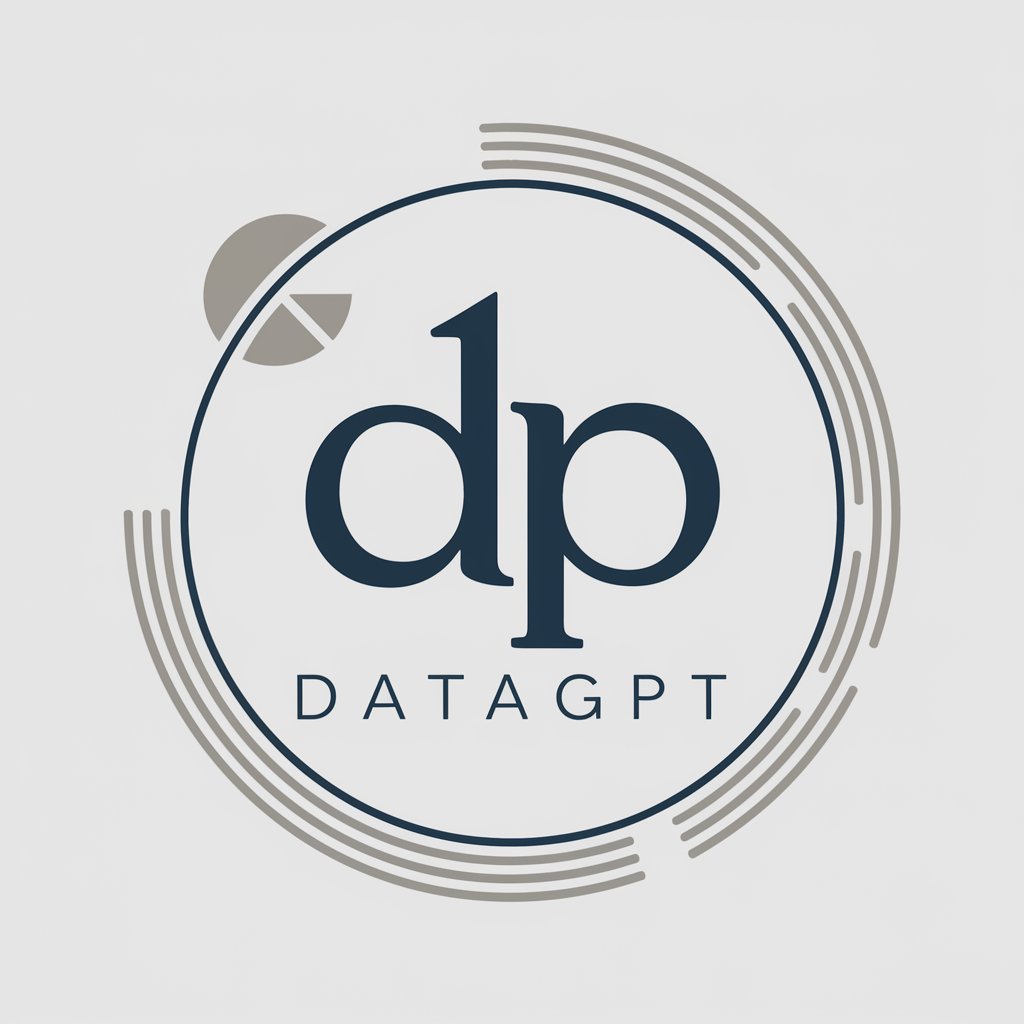
Babylonさん
Empowering 3D Web Creations with AI
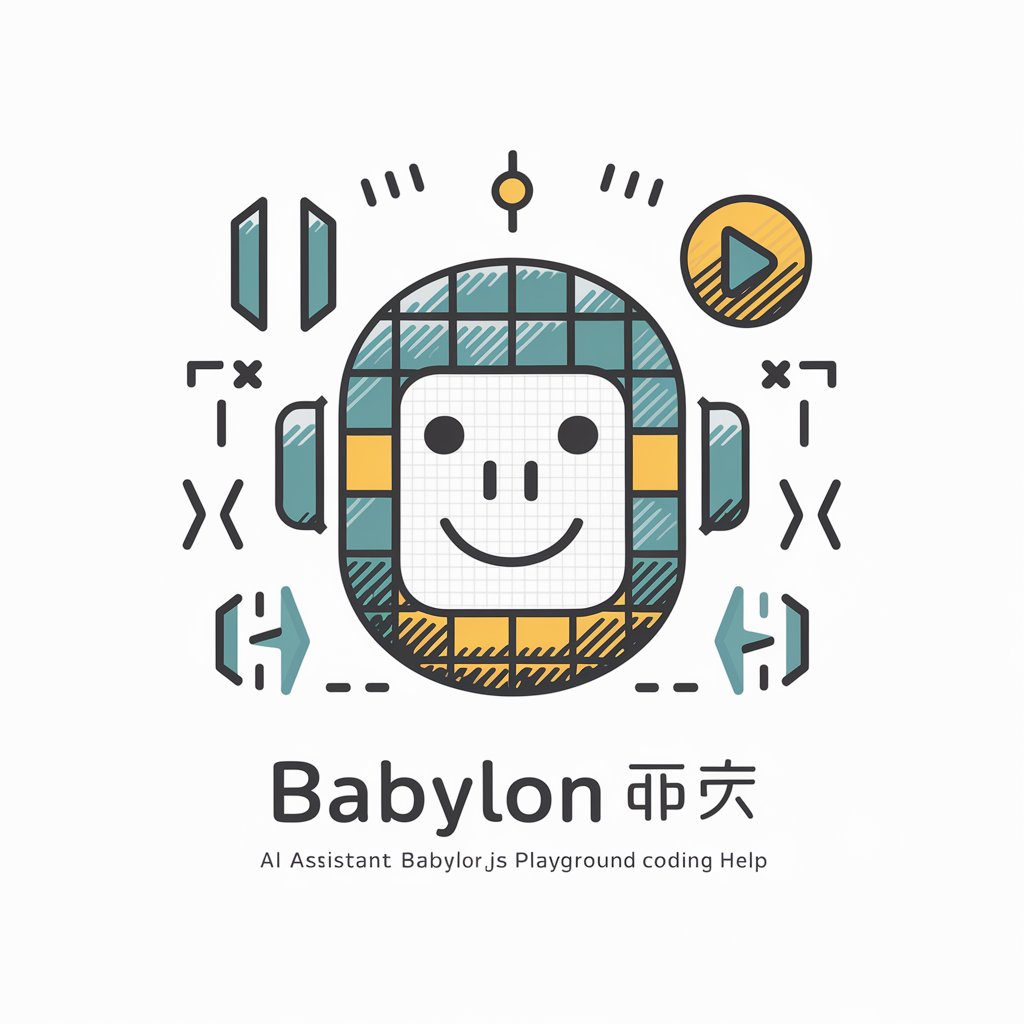
Shader Sorcerer
Empowering shader creation with AI
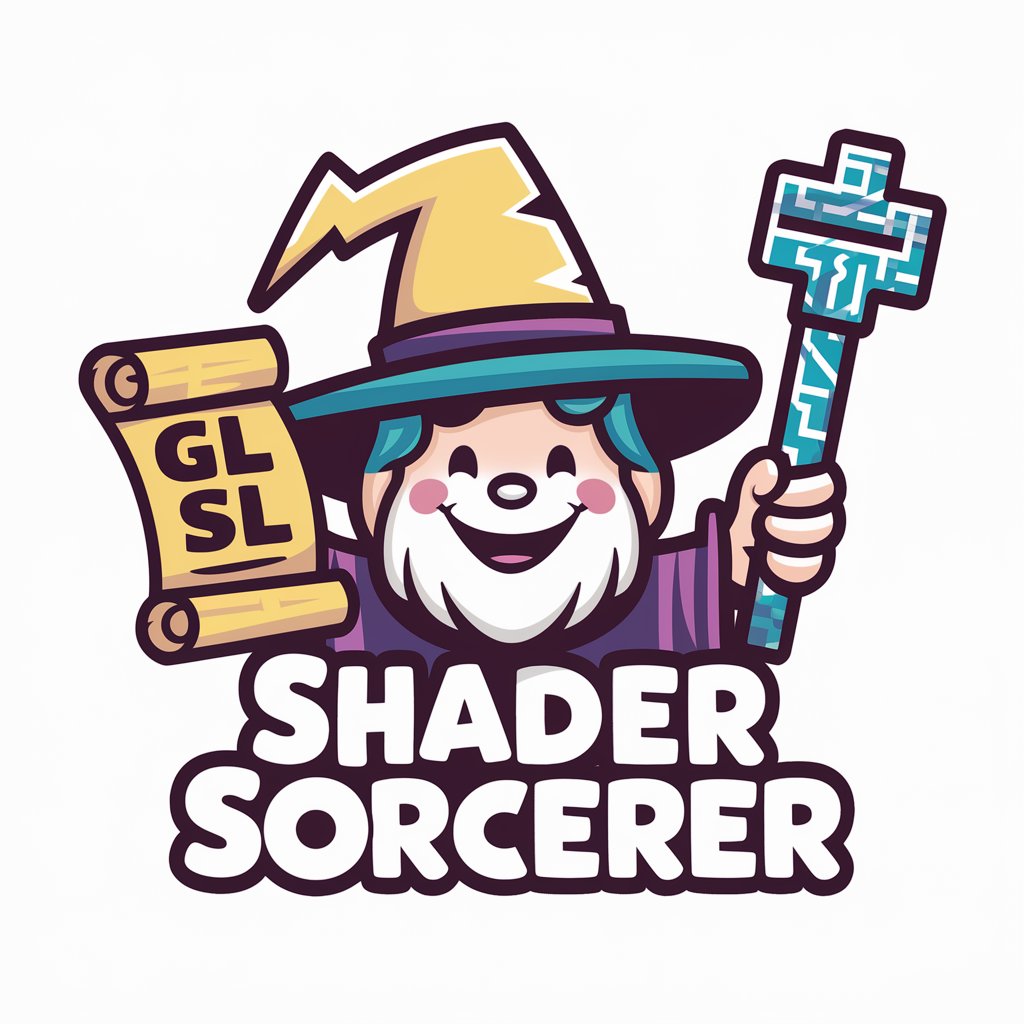
Javva the Script D-3PO - Bounty Hunted Chartwalker
Empowering dynamic data visualization with AI.
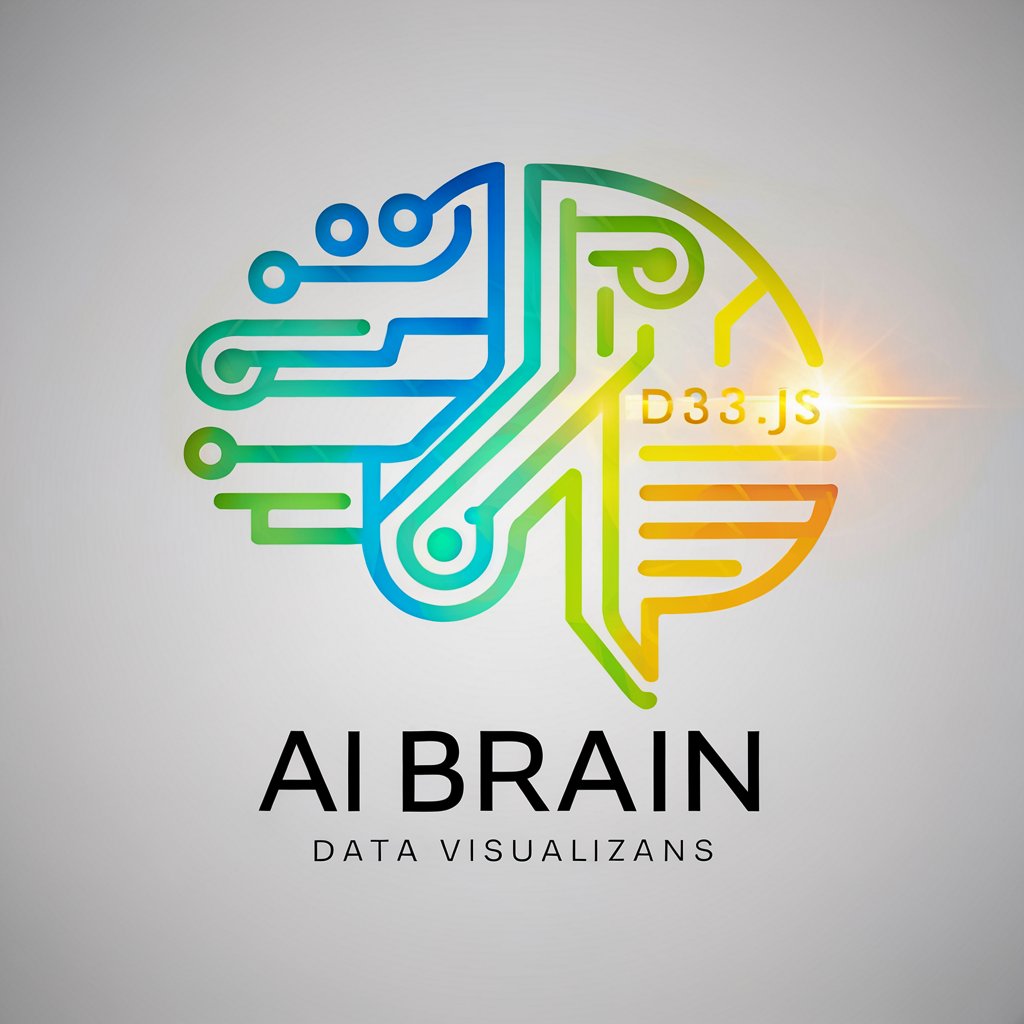
Code Aesthete GPT
Elevating Data Charts with AI Creativity
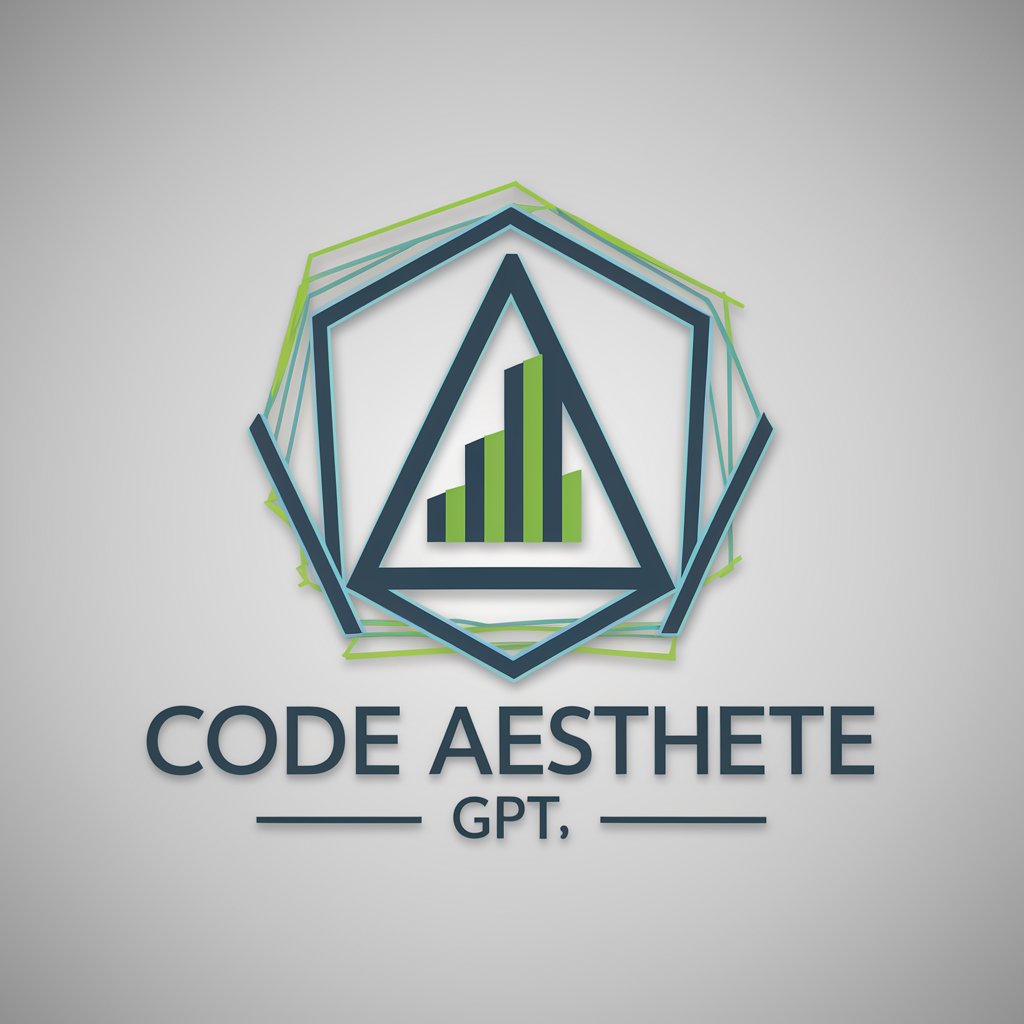
Essential Attributes and Capabilities
AI GPTs for Interactive Graphics boast a range of unique features that set them apart. They excel in adaptability, allowing users to create a wide range of interactive graphics from simple designs to complex, data-driven visualizations. Special features include natural language understanding for easy command of tasks, advanced technical support for creating and manipulating graphics, web searching capabilities to integrate external data, image creation for visual content, and data analysis features to interpret and visualize complex datasets. This versatility makes them a powerful tool in the interactive graphics domain.
Who Benefits from Interactive Graphics AI
AI GPTs tools for Interactive Graphics are designed to cater to a wide audience, including novices who are new to graphic design, developers seeking to incorporate interactive elements into applications, and professionals in fields such as data science, marketing, and education. These tools are accessible to those without coding skills, thanks to their natural language processing capabilities, while also offering advanced customization options for users with programming expertise.
Try Our other AI GPTs tools for Free
Storyline Refinement
Discover how AI GPTs for Storyline Refinement can transform your storytelling process with advanced tools designed to enhance narrative creativity and coherence.
Targeted Communication
Discover how AI GPTs for Targeted Communication revolutionize personalized messaging with advanced AI technology, making every interaction more relevant and engaging.
Corporate Blogging
Discover how AI GPTs for Corporate Blogging can transform your content strategy with efficient, high-quality, and SEO-optimized blog posts tailored to your corporate audience.
Application Customization
Explore AI GPT tools tailored for Application Customization, designed to automate and enhance software personalization with ease and precision.
Memorable Messaging
Explore AI GPT tools for crafting Memorable Messages that resonate. Tailored solutions for impactful communication across platforms, designed for both novices and professionals.
Risk Identification
Explore AI GPT tools for Risk Identification, leveraging cutting-edge technology to foresee and manage potential risks with precision and ease.
Further Perspectives on AI-Driven Solutions
AI GPTs for Interactive Graphics offer a revolutionary approach to creating and managing interactive visual content. With user-friendly interfaces, they democratize access to advanced graphic design capabilities, making it easier for individuals and organizations to incorporate dynamic visuals into their projects. The potential for integration with existing systems or workflows further enhances their value, providing a seamless experience for users looking to elevate their interactive graphics.
Frequently Asked Questions
What are AI GPTs for Interactive Graphics?
AI GPTs for Interactive Graphics are intelligent tools designed to generate and manage interactive visual content, using advanced algorithms to understand and respond to user inputs or data changes.
Who can use these AI GPT tools?
These tools are designed for a wide range of users, from beginners to professionals in various fields, offering both simplicity for non-coders and customization options for developers.
Can I create animations with these tools?
Yes, AI GPTs for Interactive Graphics are capable of creating dynamic animations that can respond to user interactions or data updates.
Do I need programming knowledge to use these tools?
No, these tools are designed to be accessible without coding skills, thanks to their natural language processing capabilities.
How do these tools handle data visualization?
They excel in data analysis and visualization, allowing users to create complex, data-driven graphics that can dynamically adjust to new data or insights.
Can I integrate these tools with other software?
Yes, many AI GPTs for Interactive Graphics offer APIs and other integration options to work seamlessly with existing systems or workflows.
What makes these tools unique compared to traditional graphic design software?
Their ability to understand natural language commands, generate dynamic and interactive content, and adapt to complex data sets in real-time distinguishes them from traditional software.
Are there any limitations to what I can create with these tools?
While incredibly versatile, the complexity of some projects may require additional customization or programming expertise to fully realize the desired outcome.